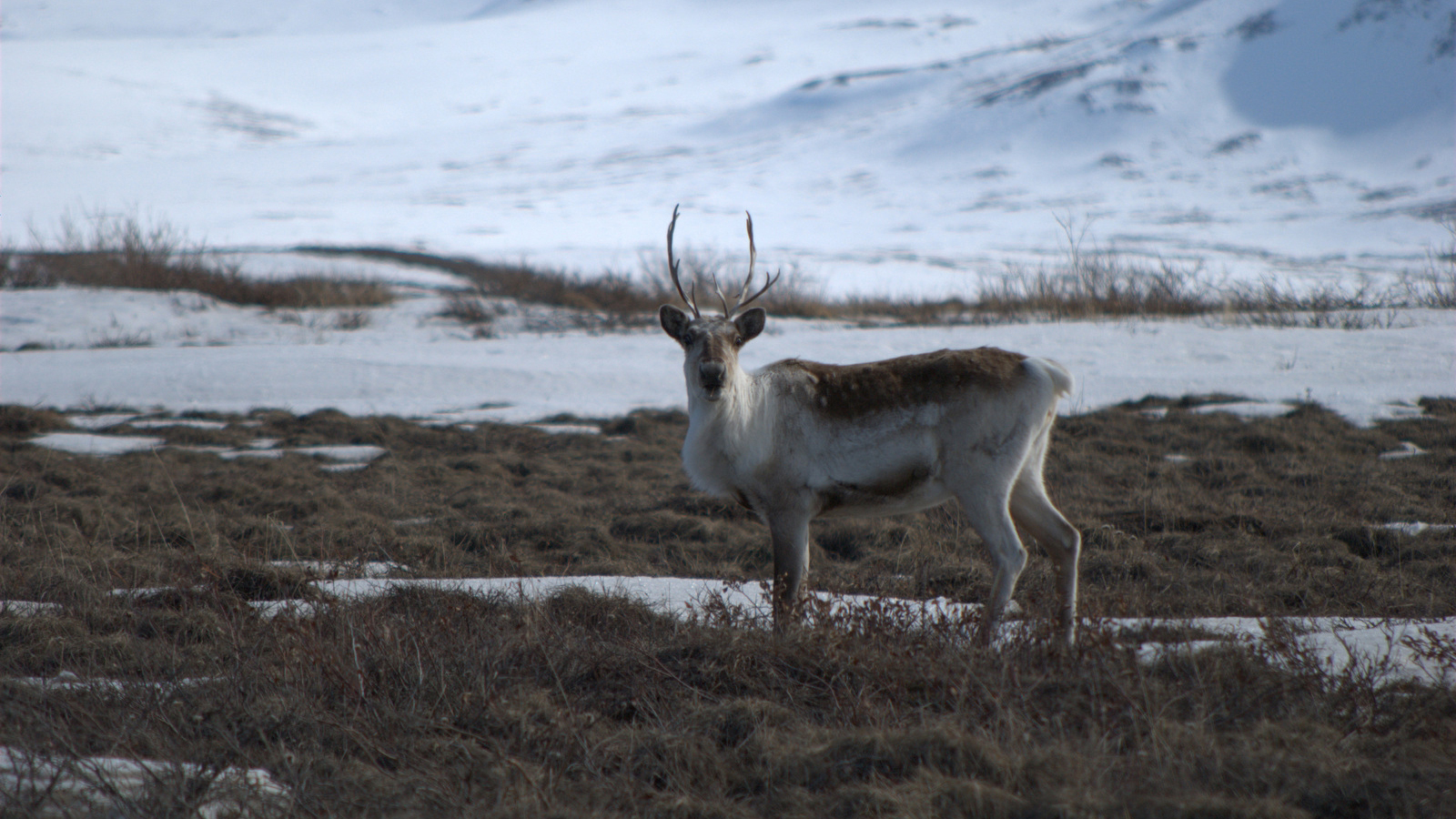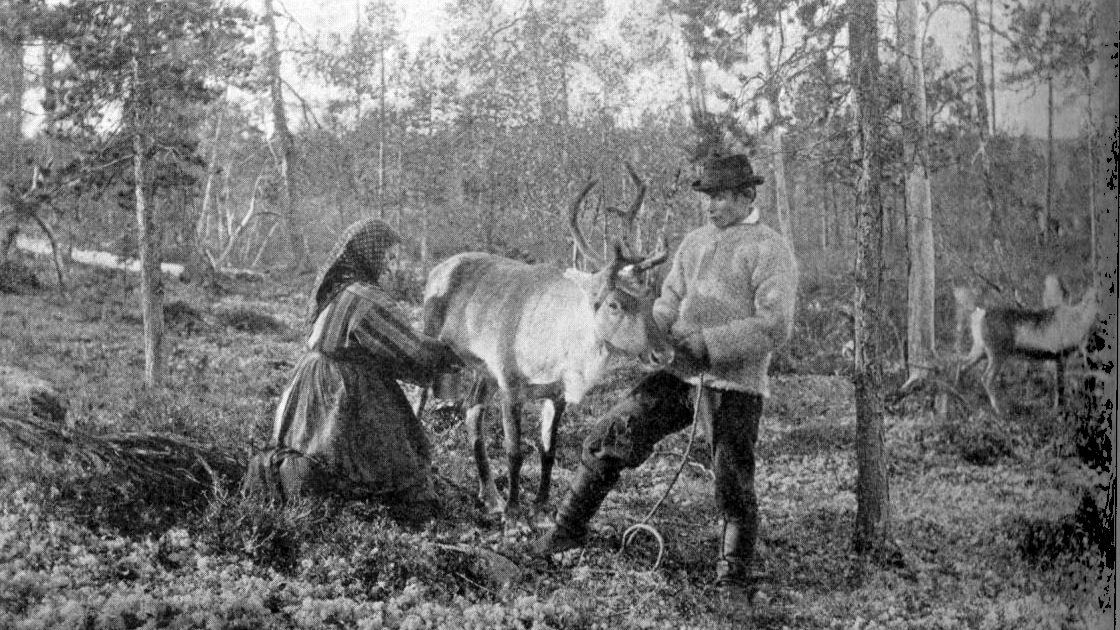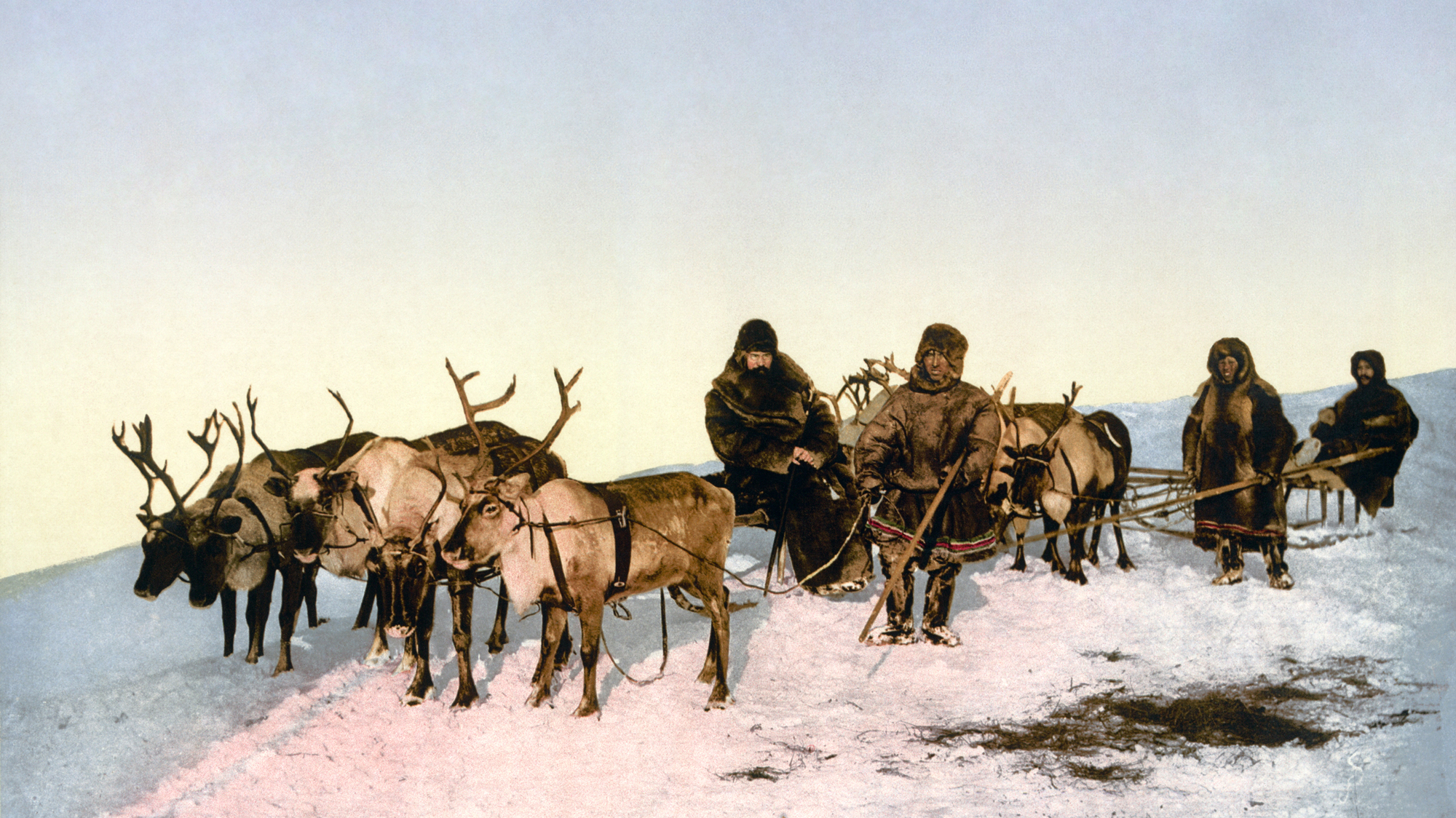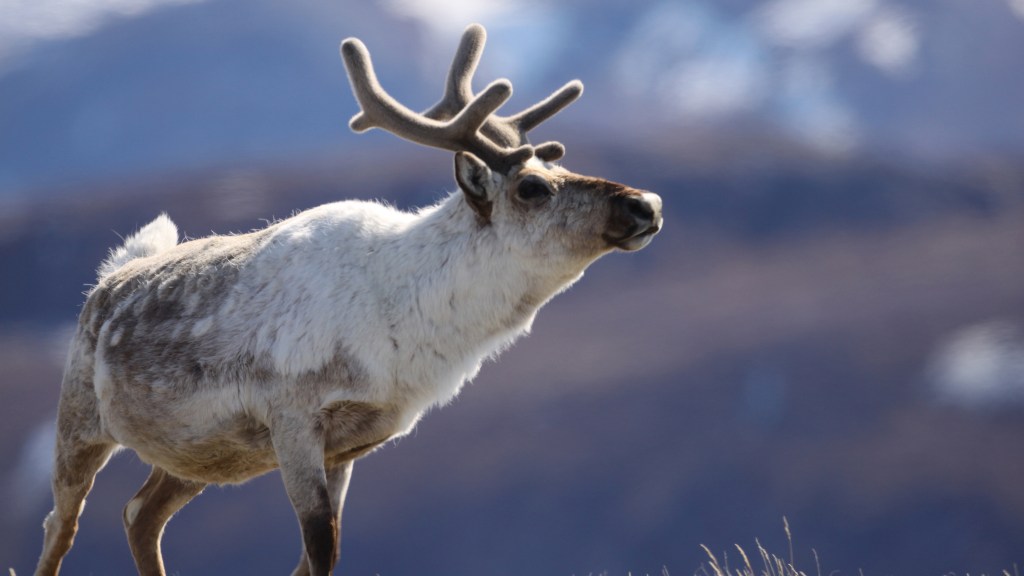This month, reindeer are the stars: appearing in holiday movies, in front yards, in greeting cards. For conservationists, though, it’s caribou that take center stage – as concerns mount over the impacts of climate change, energy development and other factors.
Did you know caribou and reindeer are actually the same? Rangifer tarandus. But while they may be same species, they are not the same animal. In part, this is a difference of geography: reindeer live in northern Europe and Asia and caribou in North America. But it goes much deeper than that.
Some caribou herds undertake the longest migration of any terrestrial mammal on Earth, covering thousands of kilometers in enormous herds that travel between their breeding and winter grounds in the boreal tundra. These can be large animals that weigh hundreds of kilograms, with sizeable and proud antlers that rival those of moose.
On the other hand, some reindeer herds can live a tame and sedentary life, rarely moving beyond small pastures barely larger than a city block, all while under the watchful eye of their human herder. Like many species when compared to their wild counterparts, domesticated reindeer are docile, short-legged, stocky and seek out the company of humans, more beast of burden than wilderness icon.
How can it be that the same species could be so different? Clearly part of the answer lies in the history of domestication and Rangifer tarandus’s relationship with humans.

I like to imagine that first moment of domestication five thousand years ago, somewhere in northern boreal forest Fennoscandia or Russia. Just who was that person inspired to take the first step towards inventing a new relationship with the animals nearby, a relationship beyond hunt and eat, kill or die?
I imagine a Stone Age woman on a warm May morning, watching a reindeer cow and calf on an island across the lake from her encampment. Nestled in shrubs by the shore, the cow suckles the calf, much like the woman herself had nursed her own children. In a moment of empathy and inspiration, the woman gathers lichens and plants she has seen the caribou eat and ties them in a bunch. Later, when the animals are gone, she walks across the sand bar and leaves the bunch where the animals denned.
The caribou return late that afternoon and feed. She does the gathering and leaving over and over until, eventually, the woman can approach the animals in safety. From that moment, the woman and these animals build a bond and a silent pact. They stay while she feeds and protects them; later, when this season’s plant foods are gone, the reindeer will provide protein for the woman and her family.
Of course domestication may have been a lot less romantic than that, more cruel than kind. In any case, this initial contact became a relationship that has transcended generations and thousands of years, where the two species have exchanged safety and food for meat, hides for clothes antlers and bones crafted into a variety of household items, and companionship. For some indigenous people, reindeer even provided milk and hauling services. Indeed, starting in 1837 when Clement Clarke Moore wrote Twas the night before Christmas, modern yuletide lore takes its inspiration for Santa’s sleigh from when reindeer pulled sledges for northern people across the frozen tundra.

The reindeer-human connection runs deep, even today, despite tremendously difficult odds. Consider the Soyot people of the Lake Baikal region in south central Russia. Anthropologists have documented them as practising the oldest form of reindeer herding and undertaking the earliest domestication of reindeer in the taiga. Soyot herded reindeer for millennia, living communally with the herds along their migration routes in the spring and autumn. They are a mountain people of reindeer habitat.
This ancestral partnership came to a brutal end in the 1930s, when Stalin’s communist government forced a centralization of the Soyot to factories and collectivised the reindeer under government control. Eventually the Soyot herders disbanded, lost their reindeer to government farms and all connections to the land and nomadic ways. The connection remained broken for over 30 years and a full generation of knowledge of ancient practices and herding ways was lost.
After the dissolution of Soviet Union in the 1990s, a revival of the Soyot identity began. The Soyot wanted to breathe life to their culture and relearn their endangered language. This cultural revival was coupled with an attempt to reintroduce and revitalise reindeer husbandry. Soyot people are returning to old patterns in care of reindeer herds, re-establishing abandoned migration routes and travelling between the pastures in coastal and inland areas with reindeer they gathered from farms. The Soyot protect the reindeer from poachers and predation and help usher them through a landscape increasingly constrained by expanding oil and gas development as well as climate change.

Wild reindeer still roam parts of Greenland, Norway and Russia. Like reindeer and caribou around the world, their populations are in serious trouble. Habitat loss or encroachment, predation and climate change are all affecting the ability of these animals to persist in the wild. Without concerted efforts to protect large areas, these wide-ranging, disturbance-sensitive animals will certainly continue their downward trajectory and disappear from our managed landscapes, like many other large mammals in the past.
The survival of these northern icons requires a re-examination of our relationship with them, one that deems worthy of our attention, care and willingness to make certain sacrifices for the rewards of stewardship. Will we, like the Soyot, tie our fate to theirs?




Thanks for this article. I love how they have kept people alive over centuries and hope measures will keep them living for the futured.
I’M Canadien and I wonder why we have so many Caribou over here in the northern part of the country. And that we got no or so few Reindeer.. Maybe one of the solution to help saving the Reindeer would be to import many herd of them all over Canada. We have at least 3,500 km from the est to the west of the nation. and all the way you got an habitat for them. So it would give them planty of space to live in peace. And I’m sure that the native indians and inuits that live over there would be happy to have them by their side. We have so many moose in the southern part of the Country, the Reindeer would love to live in the northern part whit the wolfs, the polar bear snow fox etc..And I’m sure , as Canadian, that the governement would be happy to put money in a program to save the Reindeer. Er are so in love whit the nature and its peacful way of living.. LONG LIFE TO THE REINDEER ( if we want to continue to get our yearly gift from antaclaus. cause No reindeer No gift at Christmas..HAHAH